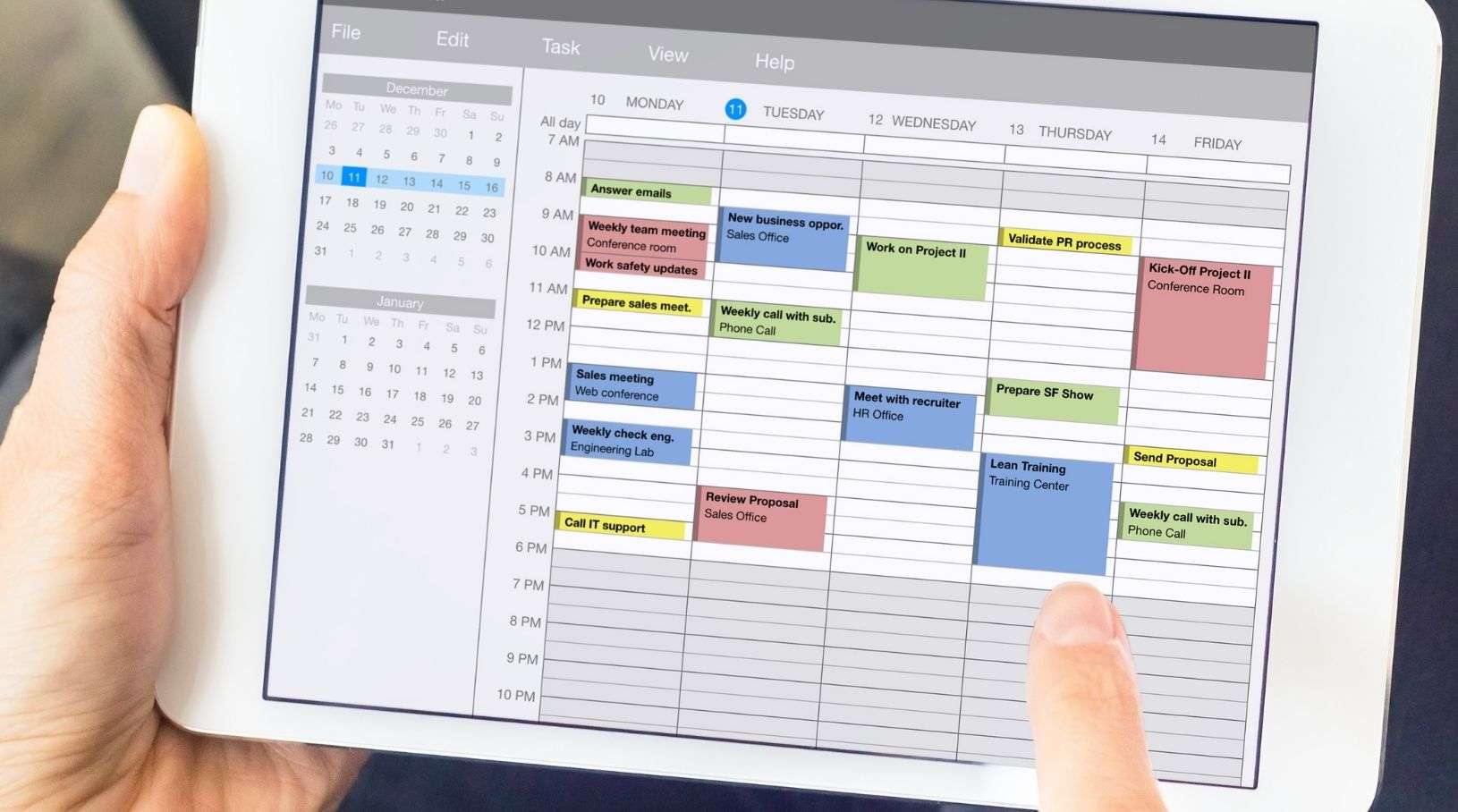Production of laminated insulation materials can be a complex process, requiring the use of multiple components and precision machining. Companies that are looking to maximize efficiency in their production processes must carefully consider all aspects of design, manufacture, and assembly. In this article, we will explore some key strategies for improving productivity while maintaining quality standards.
We will look at how to streamline the manufacturing process, reduce waste through better resource management and optimize output by using modern technologies. Ultimately, these tactics can help businesses save time, money, and resources while achieving consistently high levels of performance from their insulation material production operations.
Reduce Waste and Increase Productivity
To maximize efficiency in laminated insulation material production, reducing waste and increasing productivity are key components. Adopting a lean manufacturing process is essential to achieving this goal. This approach eliminates any unnecessary steps or activities in the production process so that only those activities required for producing the product remain.
By streamlining workflows and eliminating redundant tasks, manufacturers can reduce costs while improving their output quality. Additionally, manufacturers should focus on optimizing their machinery and equipment to ensure maximum performance with minimal downtime. Investing in automation technology will also help increase productivity by allowing for an increased level of precision and speed when it comes to completing tasks such as cutting and shaping insulation materials.
Finally, adopting a culture of continuous improvement allows manufacturers to identify areas where they may be able to further improve efficiency – whether through investing in new technologies or making small changes that have big impacts on overall productivity levels.
Implement Automation Technology

Source: enterprisetalk.com
Implementing automation technology into the production of laminated insulation material is an effective way to maximize efficiency and reduce costs. Automation systems can help streamline processes, reduce labor costs, and increase accuracy. By automating repetitive tasks such as cutting, laminating, and packaging materials, manufacturers can produce more products in less time with greater precision.
Additionally, automated systems can be programmed to detect errors or inconsistencies before they become a problem. This helps keep quality standards high while also reducing waste associated with manual operations. Automation technology also eliminates many of the risks associated with a human error which improves safety for workers on the job site. With these benefits combined it’s easy to see why so many companies have chosen to implement automation technologies into their manufacturing processes – it increases productivity while keeping costs at a minimum!
Utilize Quality Control Measures
To maximize efficiency in the production of laminated insulation materials, it is essential to utilize quality control measures. Quality control ensures that all products meet expected standards and are free from defects or discrepancies. This process involves a set of inspections, tests, and other measures that must be implemented throughout the entire production cycle.
For example, incoming materials should be inspected for uniformity and adherence to specifications before being used in manufacturing; during production, staff should measure finished components against predetermined tolerances; finally, when goods are ready to ship out they need another inspection for final approval. By strictly following these guidelines any manufacturer can guarantee consistently high-quality output with minimal waste or rework required.
Improve Scheduling Practices

Source: relatient.com
To maximize efficiency in the production of laminated insulation materials, it is important to improve scheduling practices. A good way to start this process is by analyzing current schedules and identifying areas for improvement. This could involve streamlining processes, reducing wasteful operations, or introducing new technologies that can reduce cycle times or energy consumption. Companies should also consider how their scheduling practices can be adapted to accommodate seasonal fluctuations in demand as well as any changes in regulations or standards.
Additionally, they should ensure that all personnel involved in the production process are properly trained and aware of their roles and responsibilities so they can work together efficiently during shift changes. Finally, companies should review their scheduling systems regularly to make sure that they remain up-to-date with industry trends and best practices. By taking steps towards improving scheduling practices, manufacturers of laminated insulation material will be able to increase productivity while minimizing costs associated with unnecessary labor or wasted resources.




